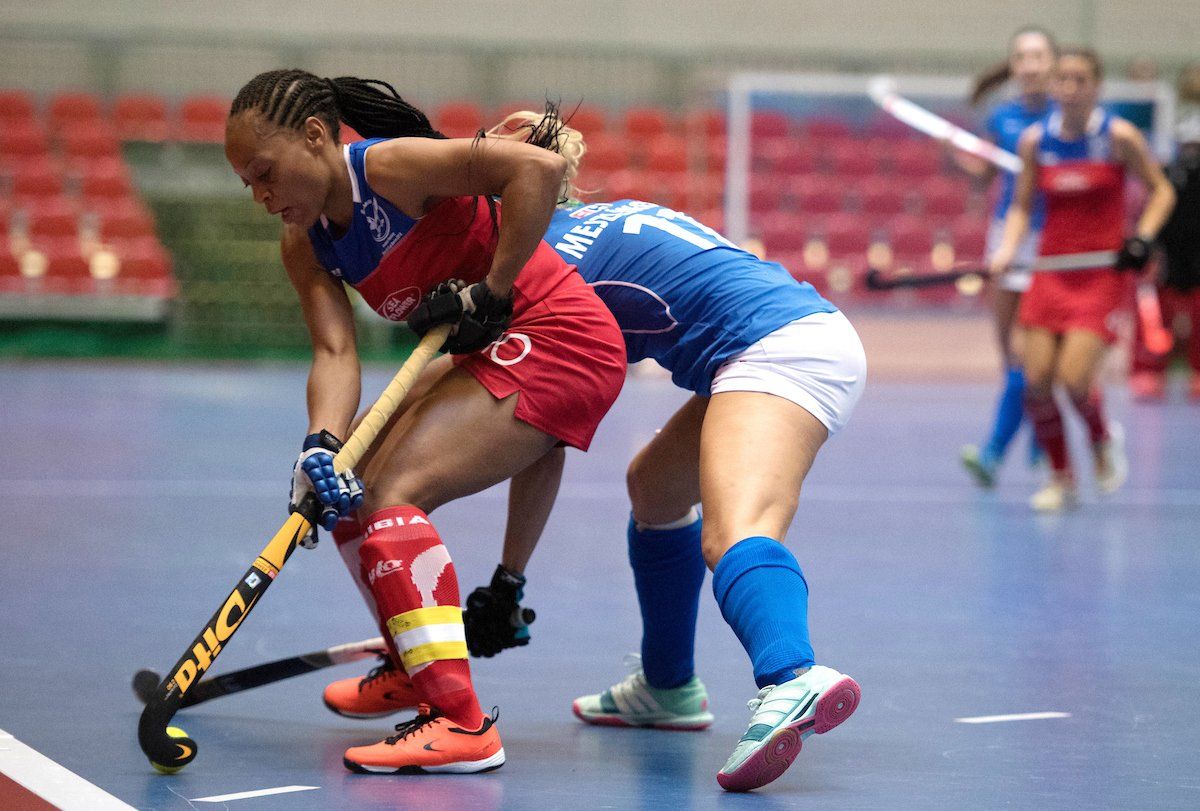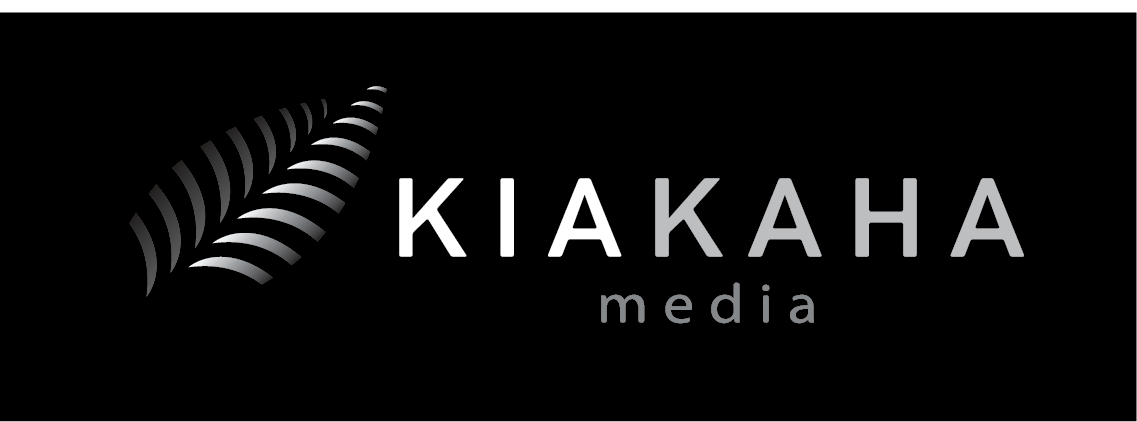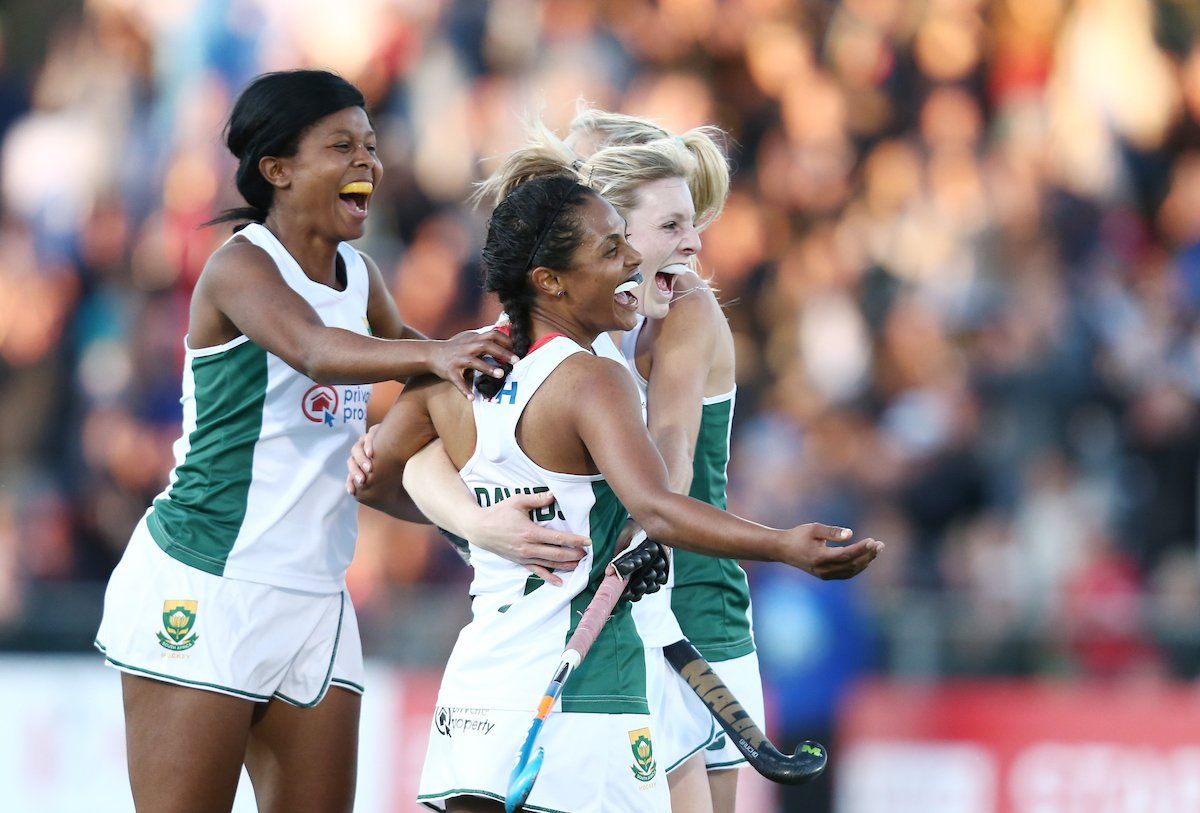Why Black Players Matter for the future of Hockey

In response, Nick Pink, the CEO of England Hockey, spoke privately to Kimuli to discuss the issue. In an interview with the Women’s Sport Daily news website, Pink acknowledged that hockey in the UK was predominantly white and largely the preserve of the private school system.
“The whole diversity and inclusion point is actually a positive outcome of Covid-19,” says the CEO. “It put Black Lives Matter and the sporting landscape under the headlights. There is a lot that we have to do across the whole diversity spectrum. We recognise that this is so much more than just a campaign: there are so many elements to it. We now have a significant opportunity to address big issues, make fundamental changes to our processes and increase access to the sport.”
Another hockey nation that has had its attitude towards racial equality put unflinchingly under the spotlight is Holland.
Terrance Pieters was the first Black hockey player to be selected for the Netherlands national team. In an emotional discussion with his teammates, Pieters revealed that he was deeply wounded by the hurtful words and jokes that his teammates bandied around.
“There are the so-called jokes that dark boys are big. I still hear those comments. I sometimes go along with that prejudice, it is also typical sports humour. I had more trouble joking with teammates that I got a yellow card because I’m black. That hurt.“
New “I would like to be a role model, that’s not the point. It just shouldn’t be special that I play hockey because I’m dark. I also experience racism in hockey. Even in the big league, opponents sometimes shout ‘cover that black’ or ‘stop that black’.
“Hockey calls itself diverse, but it doesn’t mean there is no racism. As a player from Almere, I was constantly called’ Mowgli ‘during a match, every time I got the ball. I dared not say anything about it. I was so startled that I stiffened. In hockey, too, it mainly concerned concealed variants of racism. I came to a club, people said, oh, you don’t see that often. Or if I said I was a hockey player: you? Do you play hockey? I thought: why not? Somebody pointed to a football field and said, “You must be there.”
Over in the USA, national team athletes quickly got together to condemn the racism shown towards Black People with a strong message on social media. They were joined by the hockey federations of Spain, the Netherlands, Great Britain and Belgium.
The International Hockey Federation added its voice with a statement that said: ““FIH associates itself with the hockey community – athletes, officials and National Associations – in their condemnation of discrimination and support to the black community in the wake of recent events in the USA.
“FIH acknowledges there are still steps to be taken to wipe out racism, xenophobia, misogyny and homophobia, but these are steps the organisation is committed to taking. And the solidarity and support shown to the black community by our own hockey community are testimony to that commitment.”
But tales of subtle racist behaviour just keep emerging. A Black school girl in New York state recalls how she watched seven of her white teammates receive end of season prizes despite the fact she had regularly been voted Most Valuable Player and had been captain of the team.
There is little doubt that hockey in many European and USA countries is a predominantly white sport, with few black people being attracted to it. And for a sport that prides itself on inclusion that is a worry.
In other areas of the world, different racial lines have been drawn up. In Australia, for example, very few players of Aboriginal descent take part in hockey, although this is something the national association has been addressing with strong and well-thought out programmes of inclusion.
And that is the key. The intention of the continental and national governing bodies for our sport is a good one. Inclusion, as a value, is a key proponent of their work. Every nation has a plan or a policy to spread the sport further, wider and deeper into its society. The issue is how much support for this comes from below national level.
If black people, and other ethnic minorities do not feel welcome or comfortable in a hockey environment, then structures from school and junior club level upwards should be asking themselves where they are going wrong and what they should do about it. Coaches and sports teachers should be promoting the sport as something that everyone can do. Clubs should positively seek role models from the very communities that are missing out. Why would a young child feel he or she can play hockey if no-one else looks like her?
The lack of a diverse ethnic population playing the sport is predominantly an inclusion issue but it is also an issue for the growth and future of the sport. If we want to remain a relevant sport into the 21st century then we need more players, from more communities. It makes sense on every level: more players make the sport more viable; a range of playing styles makes the sport more attractive – both these things make the sport more attractive to broadcasters. And that is what will give our sport a bright future.
As we can see from the teams of Trinidad and Tobago, South Africa, Ghana, Kenya, Namibia, the talent pool among the black community is vast. Black people might be missing out on playing the sport but, by not working harder at all levels to make the sport inclusive, hockey as a whole is missing out much more.

© 2022 PlanetHockey • Website Design Auckland by Fuel
Get in Touch
PO Box 37 978
Parnell
Auckland, 1001
New Zealand
P: +64 21 757 747




